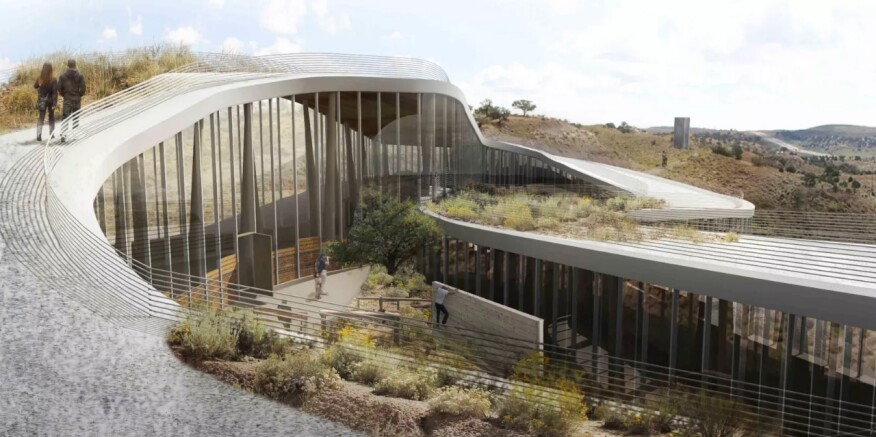
Affordable housing, schools, and homeless shelters are among the 30 projects on display in “It Takes a Community,” the AIA’s new exhibition of work by emerging professionals. On display through Sept. 2 at the Institute’s headquarters in Washington, D.C., and online, visitors can view an array of structures, systems, and products whose design fulfills the program's community-centric mission. The designs were selected from a competition that was open to architecture students, recent graduates, and architects who have been licensed for fewer than 10 years. Personal and firm projects, as well as those from a class, studio, or design competition were eligible. The program was judged by a three-person jury of HOK principal Ben Crawford, AIA; Venesa Alicea, AIA, an architect at Dattner Architects, in New York; and Hafsa Burt, AIA, the design and business development director at HB+A Architects, in San Francisco.
A selection of the winning designs is included below. View all of the winners here.

The Navajo Code Talkers Museum and Veterans’ Center, Window Rock, Ariz.
Project team: Amanda Schwarz and Ryan Baxter, University of Arizona School of Architecture
This student project creates a schematic design for the proposed Navajo Code Talkers Museum and Veterans Center, commemorating the 29 Navajo Marines who created the undecipherable code used by Code Talkers for a quarter-century beginning in World War II. The plan for the site, which is situated on a high bluff, calls for a museum, a clinic, a veterans’ center, a long-term care complex, and gardens.

Living Deanwood, Washington, D.C.
Project team: Christopher Winnike, AIA, Brittany Williams, AIA, and Eric Hull
Ten affordable residences join a community garden, a small park, and a community center to serve Washington, D.C.’s historic but blighted Deanwood neighborhood. The design team used the Living Building Challenge as the project’s framework, and created a site plan that encourages community engagement.

School for Children with Autism
Project team: Christopher Alfstad, Assoc. AIA
Ample daylight infuses this colorful educational environment, which is designed to support the growing body of research around how individuals with autism spectrum disorder perceive their surroundings. The concept design addresses the space needs of students across the spectrum by balancing open corridors with compressive “pocket spaces,” and featuring subtle repetition and exaggerated proportions throughout.

Flycycle High Density Bike Rack for MIT Climate CoLab, Cambridge, Mass.
Project team: Jeffrey Olinger, AIA, and Julia Hansen
There can never be too many bike racks on a college campus—a common shortage that the Flycycle aims to alleviate. Designed for the popular Kendall Square at MIT’s campus in Cambridge, Mass., the rack is made from a single metal tube and designed for two bikes to easily share the same post.

Migrant Water, Beijing
Project team: Isaac Southard and Apoorva Khanolkar
As China’s megacities continue to expand, proximity to water has become an indicator of both social inequity and environmental neglect. This proposal rethinks water treatment and purification at the urban portions of the Tonghui River with an eye toward transparency.

Growing Canopies, Kumasi, Ghana
Project team: Scott Archer, AIA, Samarth Das, Vanessa Espaillat, and Sagi Golan, Assoc. AIA
The green spaces that run through and define Kumasi, Ghana, are increasingly threatened by encroachment from man-made conditions, including housing, industry, and waste runoff. To preserve these eco-corridors, this proposal calls for the creation of a series of nodes featuring open-air circulation, courtyards, and green canopies that promote holistic health for the city and its inhabitants.
















